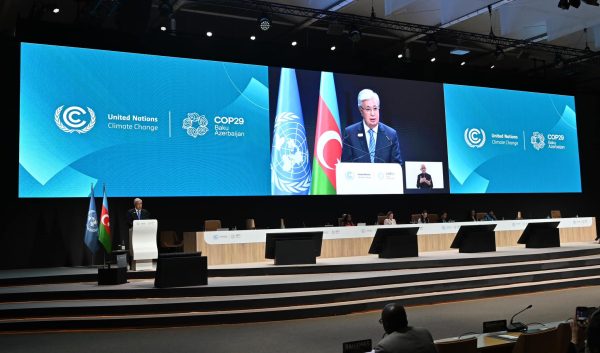As Chinese President Xi Jinping inaugurated the US$3.5 billion Chancay port in Peru last week that promises to jump-start exports in the region and create a gateway to China, US Secretary of State Antony Blinken oversaw a ceremony just a few miles away to give US$6 million in 1980s diesel locomotives to the Andean nation.
The split screen said it all. One was about the future, the other about the past.
“Delivering used locomotives, that’s a good thing,” said Eric Farnsworth, vice-president of the Americas Society and Council of the Americas. “But if you land side by side with a multibillion-dollar state-of-the-art port that will redefine trade between the region and China, it comes up a poor second.”

While the growing gap between Chinese and US investment, focus and attention in South America has been evident among analysts, this everyday example hit home for experts and laymen alike.
“It solidified in the minds of the casual observer what the reality is,” added Farnsworth, formerly with the US State Department and the office of the US Trade Representative. “That is the lasting impression that’s going to carry forward for the foreseeable future.”
Xi’s departure last week after a state visit with Brazilian President Luiz Inacio Lula da Silva in Brasilia ended a nine-day swing through South America, an economic and diplomatic victory lap through the “backyard” of China’s chief adversary, the United States.
In addition to the port opening, Xi delivered sharp remarks both during the Asia-Pacific Economic Cooperation summit in Lima and when meeting US President Joe Biden on its sidelines, promoting China’s commitment to regional development, globalisation and trade liberalisation.
This comes as the US prepares – and the world braces – for inward-looking “America first” Donald Trump to return to the White House, with Beijing happy to step into the vacuum left by Washington’s eroding footprint.

 By South China Morning Post | Created at 2024-11-25 16:16:41 | Updated at 2024-11-25 18:54:44
2 hours ago
By South China Morning Post | Created at 2024-11-25 16:16:41 | Updated at 2024-11-25 18:54:44
2 hours ago








